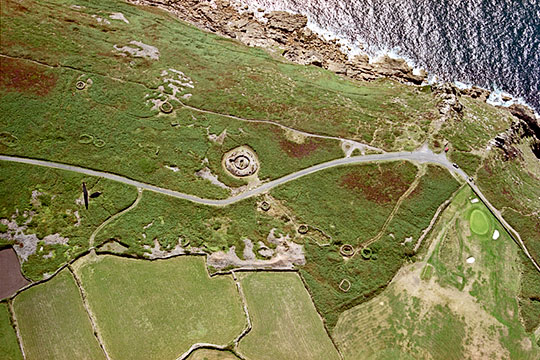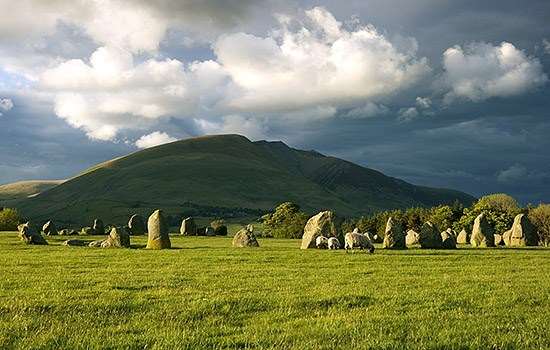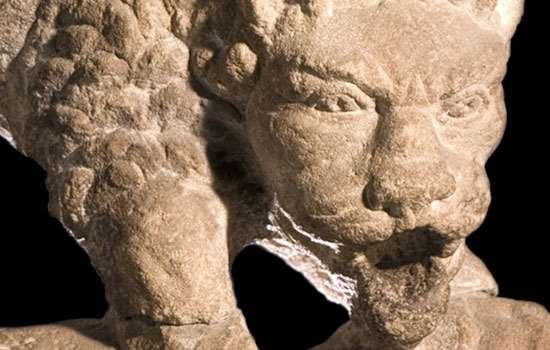History of Ballowall Barrow
Ballowall Barrow (also known as Carn Gluze barrow) is one of the largest and most complex of the prehistoric funerary monuments that cluster along the West Penwith coastline. Often sited in dramatic locations, they were probably built by local communities to provide striking shrines or tombs for the dead.

Before 1878, Ballowall Barrow was concealed by debris from nearby tin mines. It was discovered by William Copeland Borlase (1848–1899), the famous Cornish antiquarian. A descendant of the well-known antiquarian William Borlase (1696–1772), he excavated many prehistoric monuments in Cornwall.
His excavations revealed a unique and complex Bronze Age funerary monument. In the centre of the barrow was a mound surrounded by two concentric drystone walls. Contained within it were five small stone-lined chambers, known as cists, some with Bronze Age pottery and burnt bone. Two pits, forming a T-shape, may have been graves.
This central mound was surrounded by a stone platform, or apron, and two more cists were built against it. The apron also appears to contain an entrance grave, which contained Bronze Age pottery and cremated bone.
After the excavation, Borlase built stone walls to display important features of the barrow, creating a circular passage between the central mound and apron. This radically altered the appearance of the site. Some features, such as the central cists, went missing after the walls were built.
These later alterations make the barrow hard to understand – the idiosyncratic form of the monument today has little do with its original appearance, which would have been much more dramatic.
Further Reading
Dymond, CW, Cornwall’s Ancient Stones: a Megalithic Enquiry (Penzance, 1999)
Payne, R, The Romance of the Stones: Cornwall’s Pagan Past (Fowey, 1999)
Scarre, C (ed), Monuments and Landscape in Atlantic Europe (London, 2002)
FIND OUT MORE



